Evergreen Maritime Rubber Foam Filled Fenders Evergreen-Maritime manufacture the foam filled marine fenders as an alternative to the normal pneumatic rubber fenders, shock absorber and solid marine fenders. Foam Filled Marine Fenders, all share the same construction technology centred on a and an outer skin of reinforced .  Foam Filled Marine Fenders absorbs the impacts whilst the skin resists wear and tear in use any tough conditions, providing tough heavy-duty marine fendering systems for harbor, offshore and ship-to-ship applications. Ever-Guard and Ever-Cushion foam filled marine fenders provide a tough reliable fendering system that is not only high energy absorbing with relatively low reaction force but will not fail if punctured. Compared to the typical pneumatic rubber fender, the same sized foam filled marine fenders absorb up to 40% more energy.  1.Construction Advantages and Features of foam floater l        Unsinkable l        Strong Reinforcement l        Wear Resistant l        Enhancing Port Ability  >>  Shipboard Foam Filled Marine Fenders 3.Application A pressure vessel is a container designed to hold gases or liquids at a pressure substantially different from the ambient pressure.
The pressure differential is dangerous, and fatal accidents have occurred in the history of pressure vessel development and operation. Consequently, pressure vessel design, manufacture, and operation are regulated by engineering authorities backed by legislation. For these reasons, the definition of a pressure vessel varies from country to country, but involves parameters such as maximum safe operating pressure and temperature, and are engineered with a safety factor, corrosion allowance, minimum design temperature (for brittle fracture), and involve nondestructive testing, such as ultrasonic testing, radiography, and pressure tests, usually involving water, also known as a hydrotest, but could be pneumatically tested involving air or another gas. The preferred test is hydrostatic testing because it's a much safer method of testing as it releases much less energy if fracture were to occur (water does not rapidly increase its volume while rapid depressurization occurs, unlike gases like air, i.e. gasses fail explosively). In the United States, as with many other countries, it is the law that vessels over a certain size and pressure (15 PSIg) be built to Code, in the United States that Code is the ASME Boiler and Pressure Vessel Code (BPVC), these vessels also require an Authorized Inspector to sign off on every new vessel constructed and each vessel has a nameplate with pertinent information about the vessel such as maximum allowable working pressure, maximum temperature, minimum design metal temperature, what company manufactured it, the date, its registration number (through the National Board), and ASME's official stamp for pressure vessels (U-stamp), making the vessel traceable and officially an ASME Code vessel.
Photo of our Chemical Vessel:
History of pressure vessels
Construction materials Chemical Vessel Chemical Reaction Vessel,Chemical Reactor Vessel,Chemical Tanker Vessel,Chemical Provider Vessel Unisite Group Ltd. , http://www.unisitemarine.com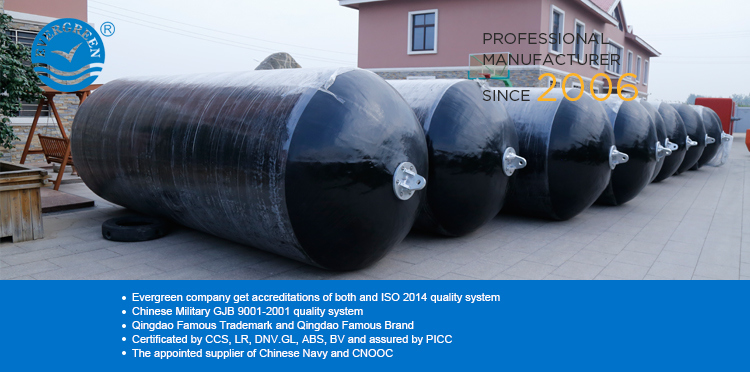
Â
http://www.evergreen-maritime.com/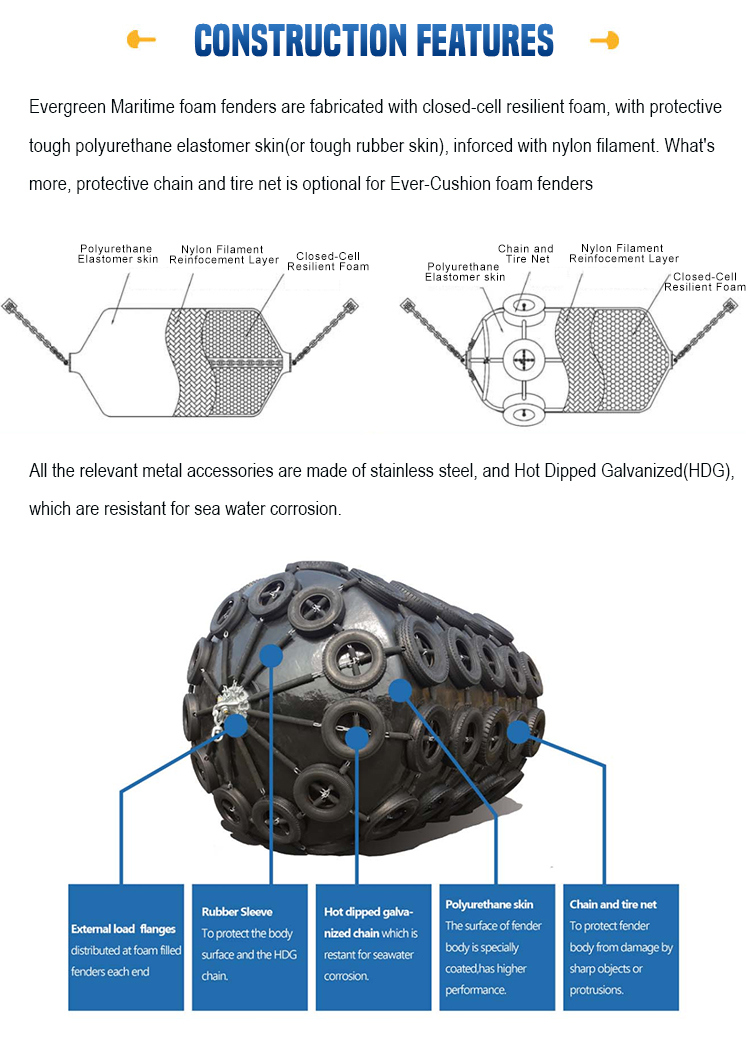
l        High Energy, Low ReactionÂ
The high elasticity of expanded ensures high energy absorption with low reaction force of foam filled marine fenders, which is essential to eliminate the risk of damage to the vessel hull.
Foam Filled Marine Fenders are entirely made of closed cell foam that guarantees unsinkability even in case of damage caused by breaking, rupturing or shearing when hitting rough vessel sides. Ever cell is separate and so water cannot migrate into the foam filled marine fenders.
The Ever-Guard foam filled marine fenders skin is constructed of tough and thick , which provides foam filled marine fenders with unsurpassed strength. The skins is wrapped in a helix pattern and integrated within the skin itself. This advanced technique process makes the Ever-Guard foam filled marine fenders skin extremely durable to all weather, forces and marine conditions.
The polyurethane or is spray applied on foam filled marine fenders. This creates a high quality and homogeneous skin matrix combining extreme wear resistance with non-marking properties and the option of high visibility colors.
The adoption of super size foam filled marine fenders enlarged the space between the ships and parapet of the wharf, and improves the depth of the berth, consequently improves the ability of loading/unloading, so as to create a new approach for upgrading the wharfs and improved the handling efficiency.   Â
 >>  Small Boat Foam Marine Fenders 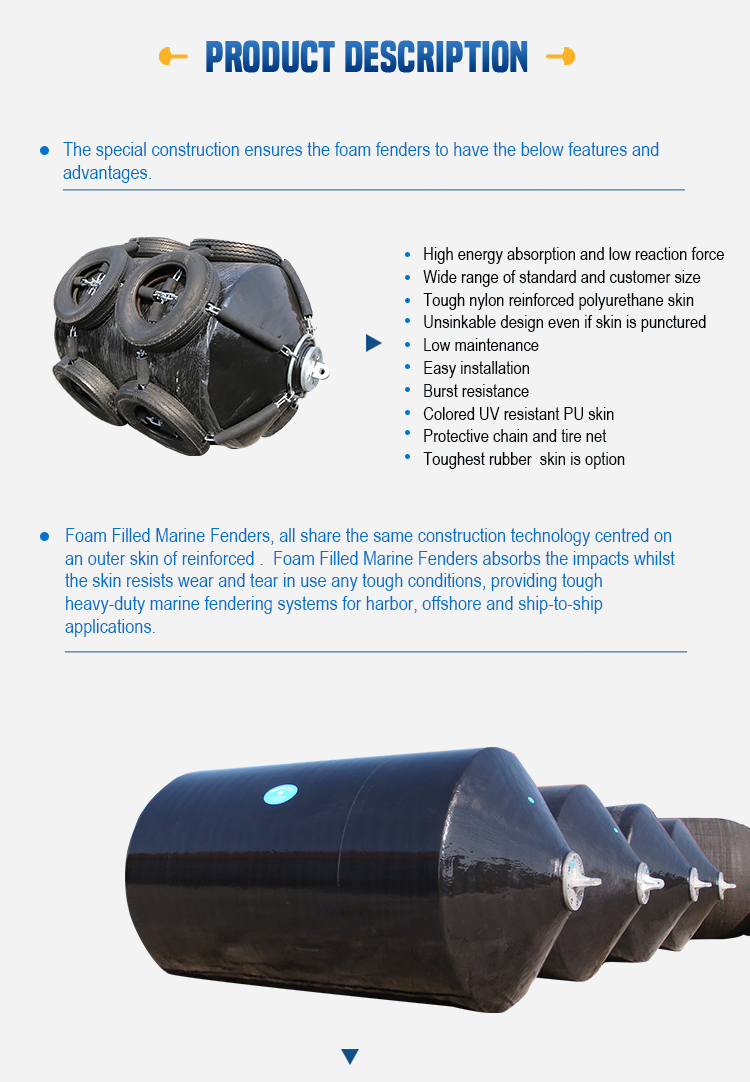
2.Specification
Specification
Performance(at 60% pressure)
Weight
Diameter
Length
Reaction(KN)
Energy(KN.M)
Body(kg)
CTN(kg)
300
500
19
1.8
6
Â
400
800
40
7
17
Â
500
1000
48
9
33
Â
600
1000
58
12
48
Â
700
1500
133
26
96
Â
1000
1500
173
47
108
197
1000
2000
254
68
263
171
1200
2000
280
91
378
248
1350
2500
418
152
600
298
1500
2000
488
198
580
310
1500
3000
578
232
890
490
1700
3000
618
282
1140
510
2000
3500
845
454
1845
890
2000
4000
1005
540
2100
1000
2500
4000
1197
818
3297
1180
2500
5500
1666
1128
3866
1200
3000
5000
1810
1460
4878
2388
3000
6000
2295
1851
5849
2690
3300
6500
2528
2133
7668
2889
3500
6000
2777
2333
7698
3000

4.Packing&Delivery
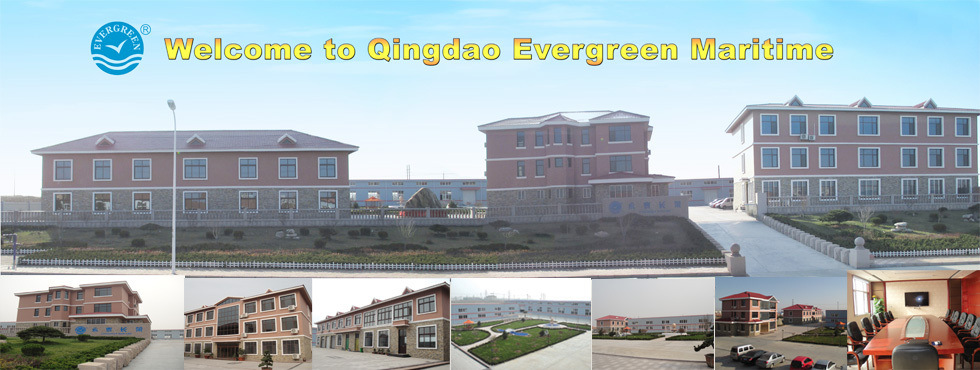
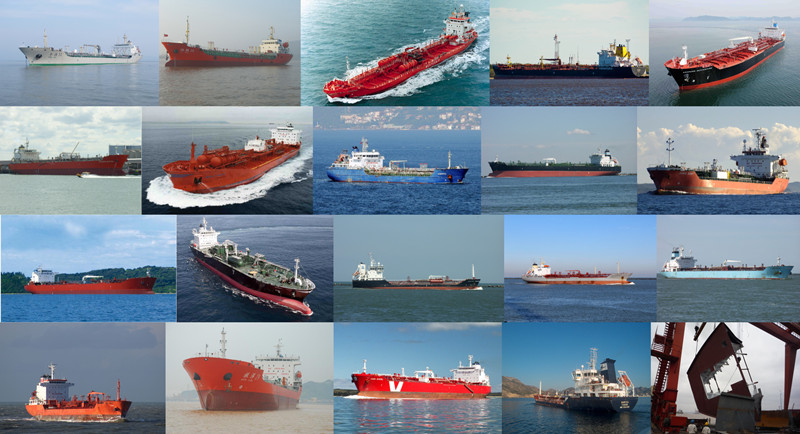
A 10,000 psi (69 MPa) pressure vessel from 1919, wrapped with high tensile steel banding and steel rods to secure the end caps.
The earliest documented design of pressure vessels is described in the book Codex Madrid I, by Leonardo da Vinci, in 1495, where containers of pressurized air were theorized to lift heavy weights underwater,however vessels resembling what are used today did not come about until the 1800s where steam was generated in boilers helping to spur the industrial revolution.However, with poor material quality and manufacturing techniques along with improper knowledge of design, operation and maintenance there was a large number of damaging and often fatal explosions associated with these boilers and pressure vessels, with a death occurring on a nearly daily basis in the United States.[1] Local providences and states in the US began enacting rules for constructing these vessels after some particularly devastating vessel failures occurred killing dozens of people at a time, which made it difficult for manufacturers to keep up with the varied rules from one location to another and the first pressure vessel code was developed starting in 1911 and released in 1914, starting the ASME Boiler and Pressure Vessel Code (BPVC).In an early effort to design a tank capable of withstanding pressures up to 10,000 psi (69 MPa), a 6-inch (150 mm) diameter tank was developed in 1919 that was spirally-wound with two layers of high tensile strength steel wire to prevent sidewall rupture, and the end caps longitudinally reinforced with lengthwise high-tensile rods.The need for high pressure and temperature vessels for petroleum refineries and chemical plants gave rise to vessels joined with welding instead of rivets (which were unsuitable for the pressures and temperatures required) and in 1920s and 1930s the BPVC included welding as an acceptable means of construction, and welding is the main means of joining metal vessels today.
Composite overwrapped pressure vessel with titanium liner.
Many pressure vessels are made of steel. To manufacture a cylindrical or spherical pressure vessel, rolled and possibly forged parts would have to be welded together. Some mechanical properties of steel, achieved by rolling or forging, could be adversely affected by welding, unless special precautions are taken. In addition to adequate mechanical strength, current standards dictate the use of steel with a high impact resistance, especially for vessels used in low temperatures. In applications where carbon steel would suffer corrosion, special corrosion resistant material should also be used.
Some pressure vessels are made of composite materials, such as filament wound composite using carbon fibre held in place with a polymer. Due to the very high tensile strength of carbon fibre these vessels can be very light, but are much more difficult to manufacture. The composite material may be wound around a metal liner, forming a composite overwrapped pressure vessel.
Other very common materials include polymers such as PET in carbonated beverage containers and copper in plumbing.
Pressure vessels may be lined with various metals, ceramics, or polymers to prevent leaking and protect the structure of the vessel from the contained medium. This liner may also carry a significant portion of the pressure load.
Pressure Vessels may also be constructed from concrete (PCV) or other materials which are weak in tension. Cabling, wrapped around the vessel or within the wall or the vessel itself, provides the necessary tension to resist the internal pressure. A "leakproof steel thin membrane" lines the internal wall of the vessel. Such vessels can be assembled from modular pieces and so have "no inherent size limitations". There is also a high order of redundancy thanks to the large number of individual cables resisting the internal pressure.
There have been many advancements in the field of pressure vessel engineering such as advanced non-destructive examination, phased array ultrasonic testing and radiography, new material grades with increased corrosion resistance and stronger materials, and new ways to join materials such as explosion welding (to attach one metal sheet to another, usually a thin corrosion resistant metal like stainless steel to a stronger metal like carbon steel), friction stir welding (which attaches the metals together without melting the metal), advanced theories and means of more accurately assessing the stresses encountered in vessels such as with the use of Finite Element Analysis, allowing the vessels to be built safer and more efficiently. Today vessels in the USA require BPVC stamping but the BPVC is not just a domestic code, many other countries have adopted the BPVC as their official code. There are, however, other official codes in some countries (some of which rely on portions of and reference the BPVC), Japan, Australia, Canada, Britain, and Europe have their own codes. Regardless of the country nearly all recognize the inherent potential hazards of pressure vessels and the need for standards and codes regulating their design and construction.
Model NO.: YT-P80
Trademark: Evergreen Maritime
Origin: Shandong, China